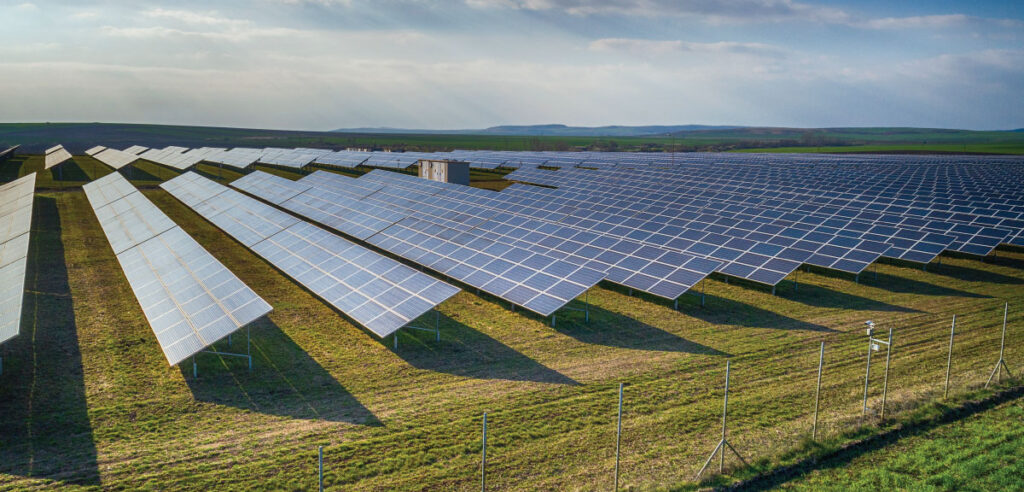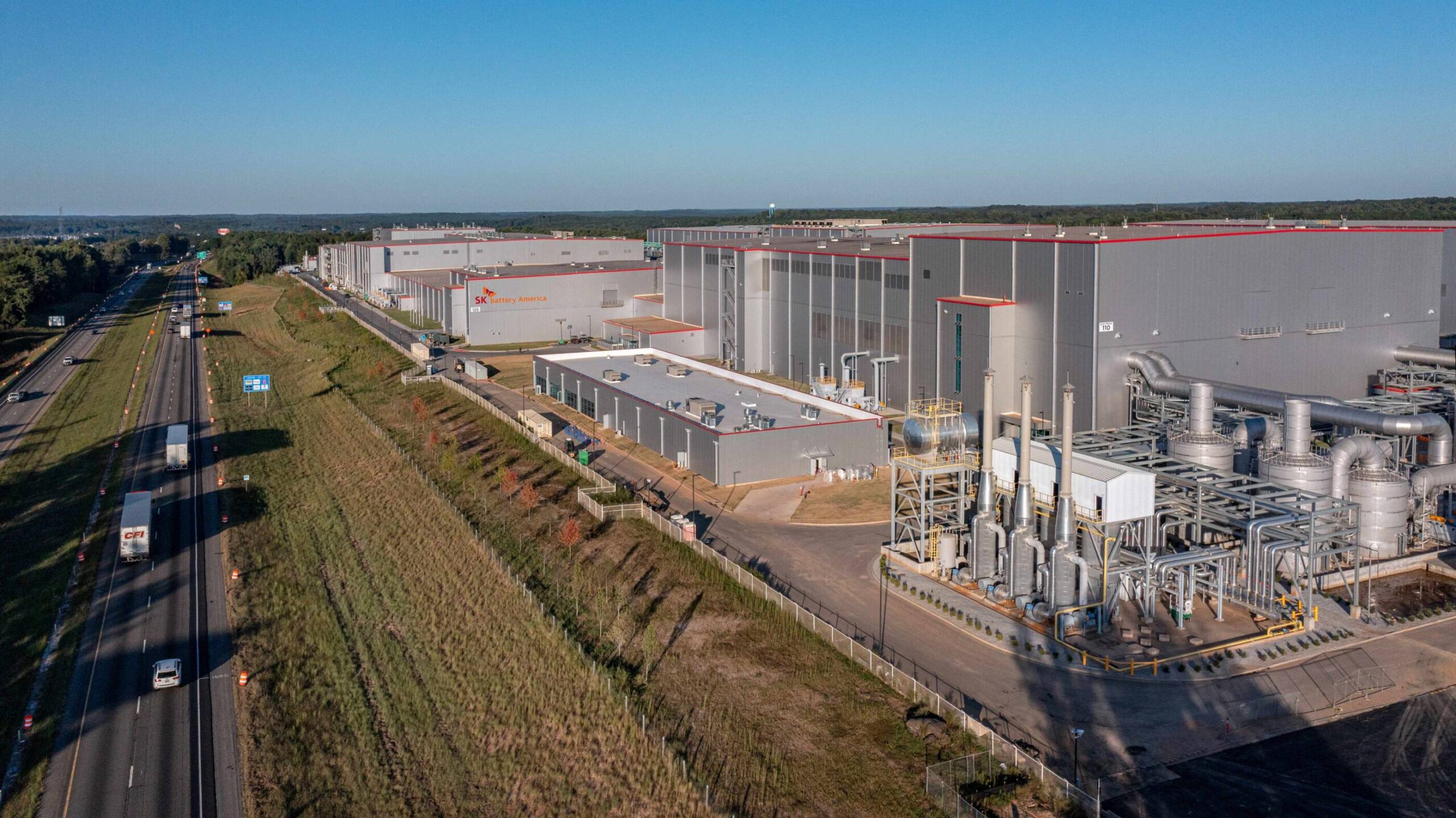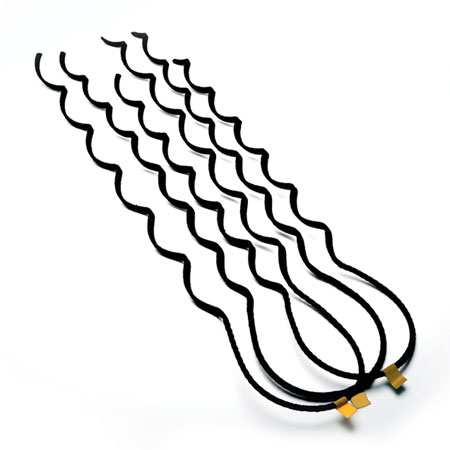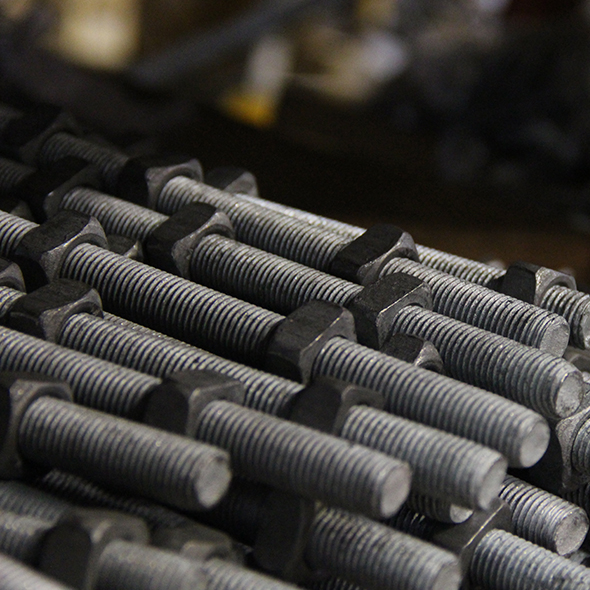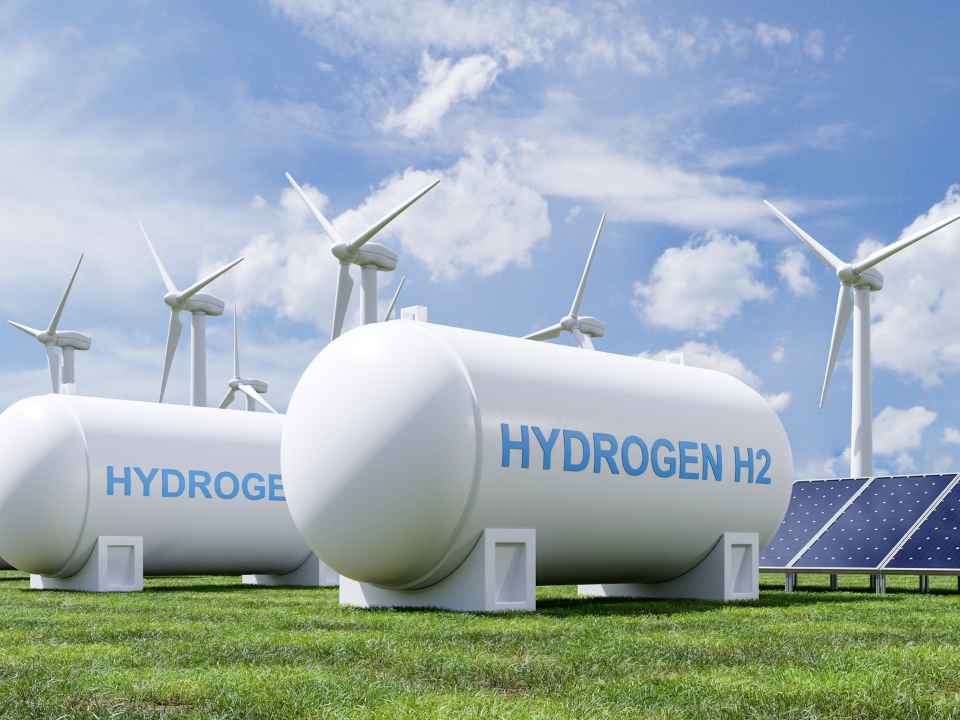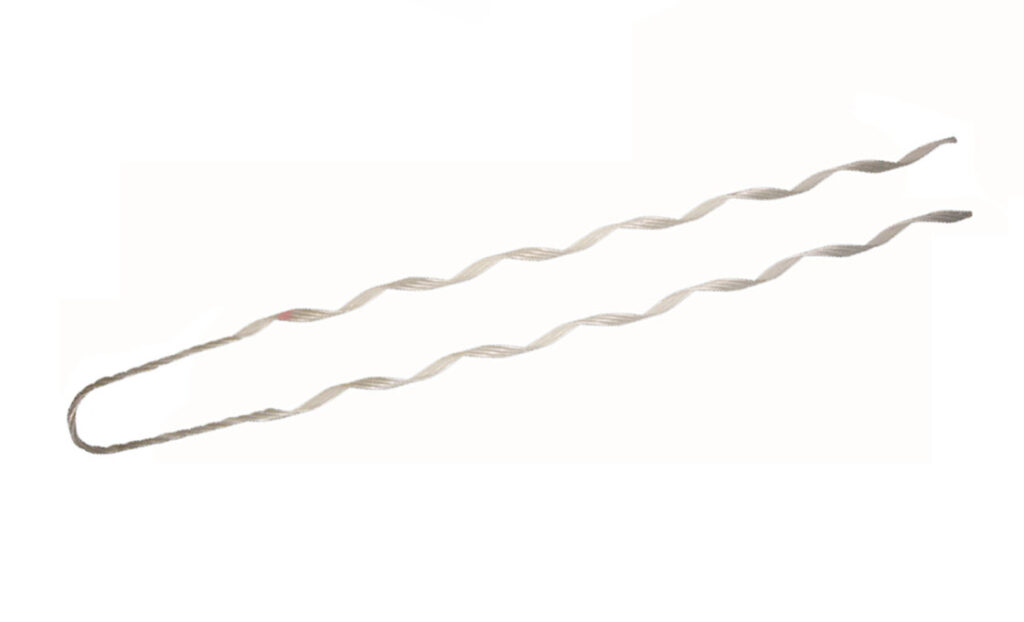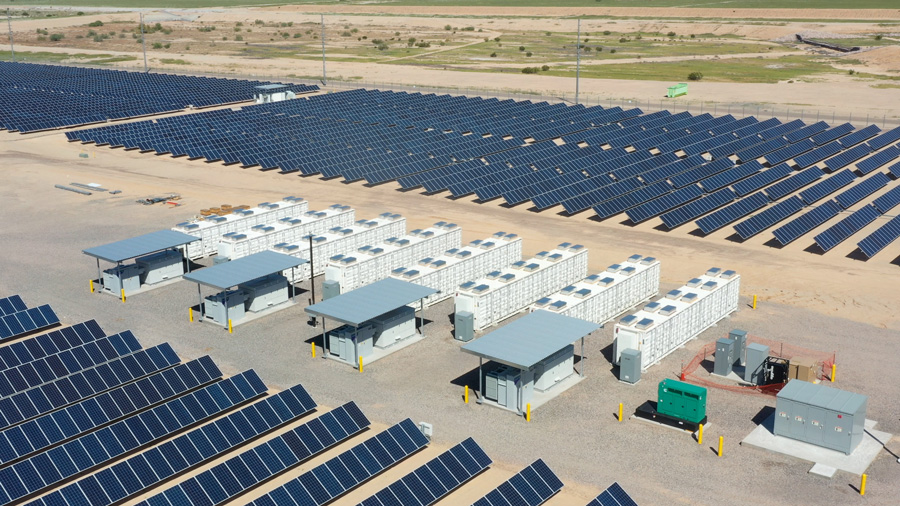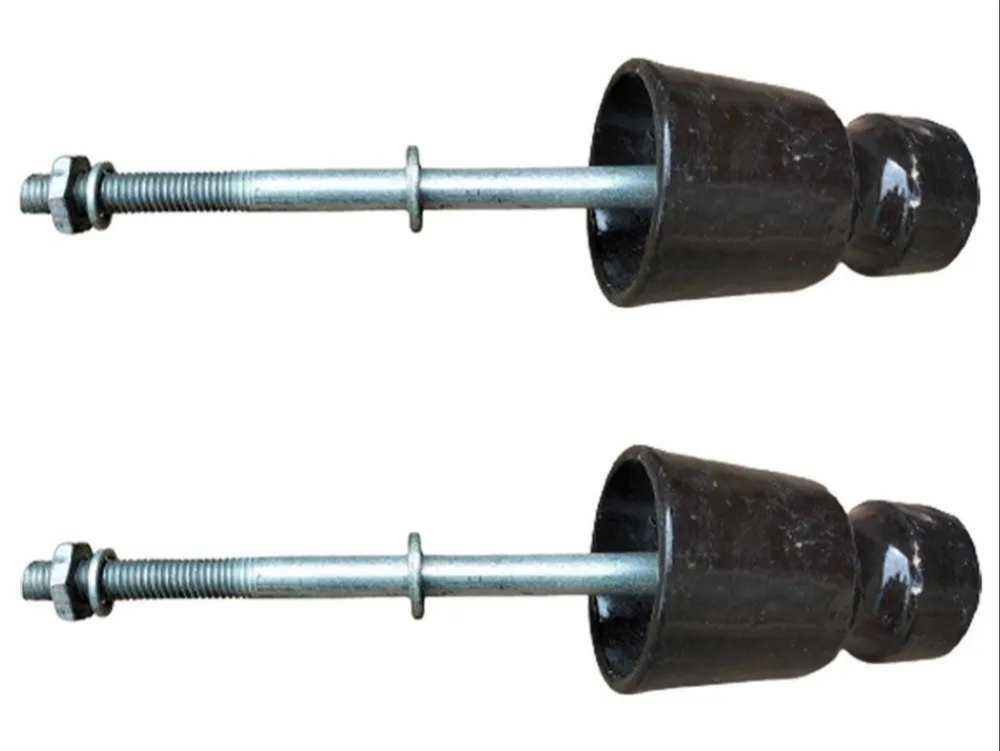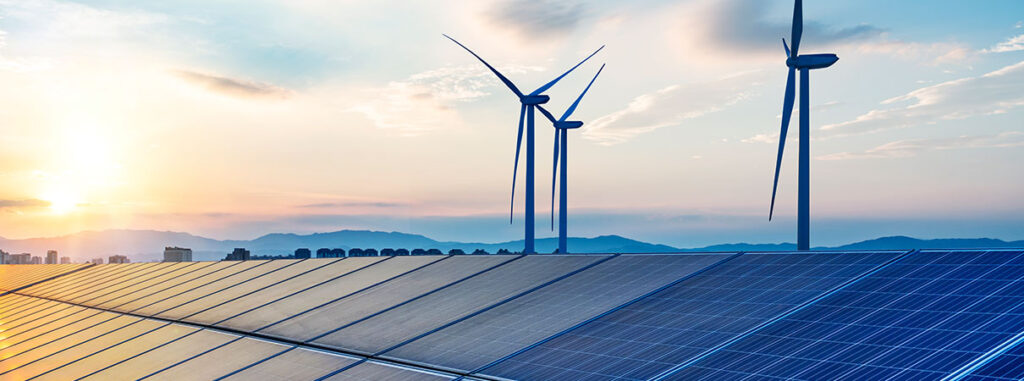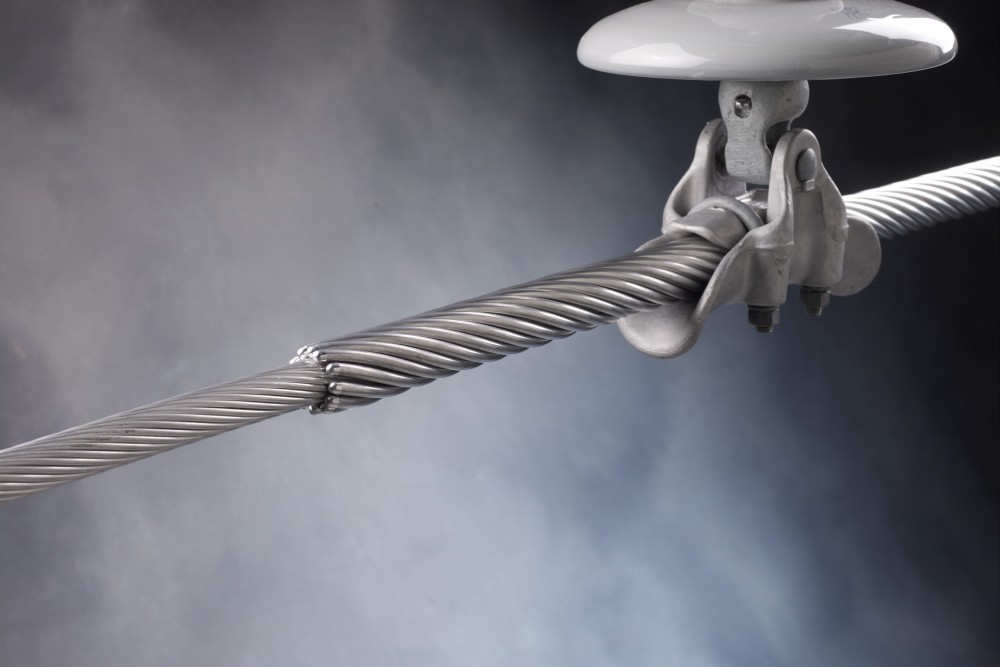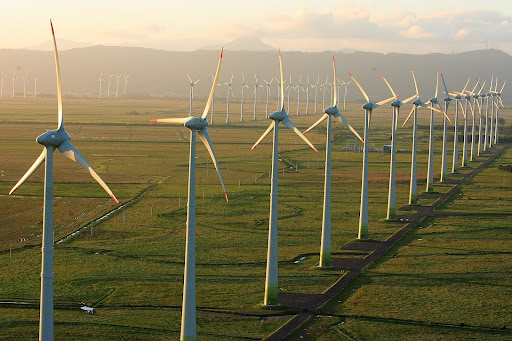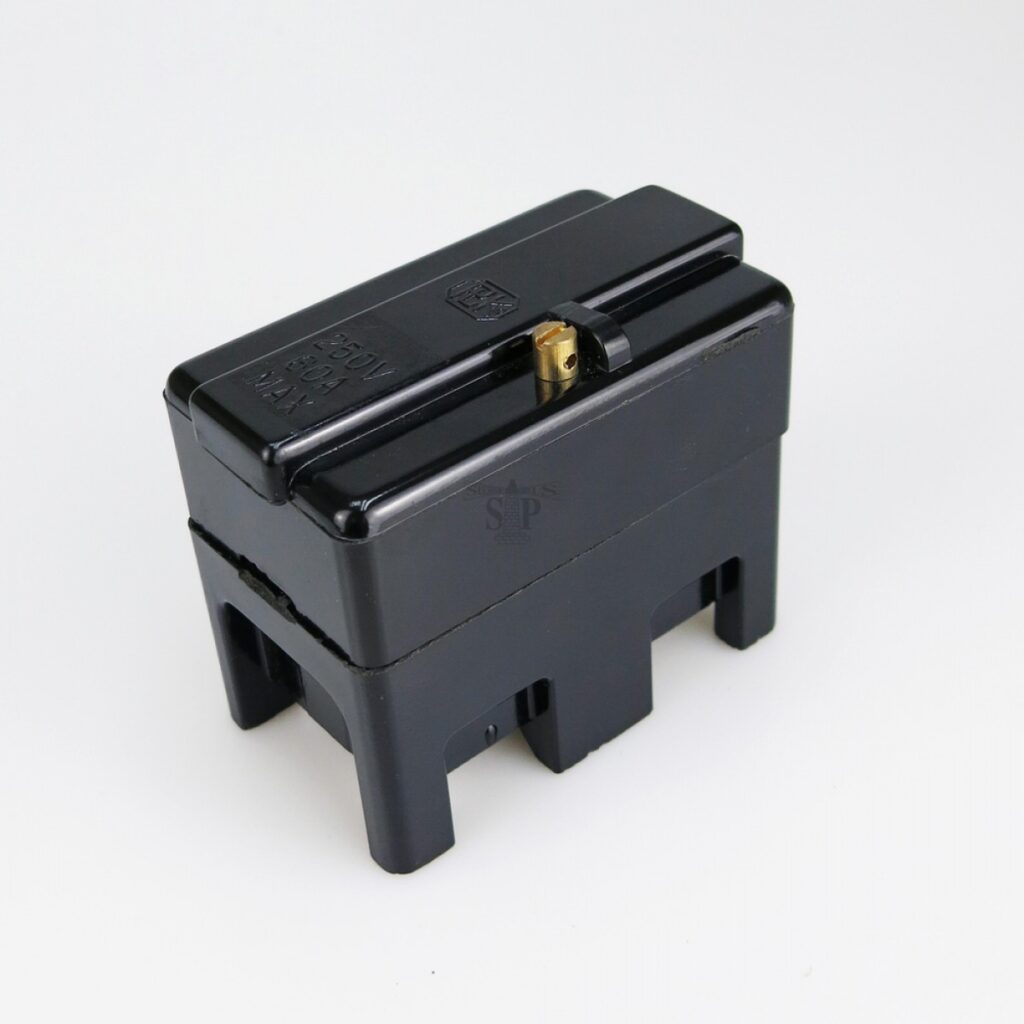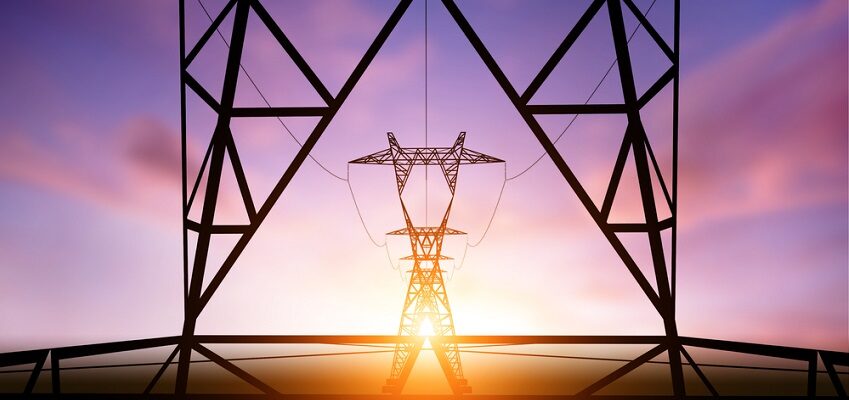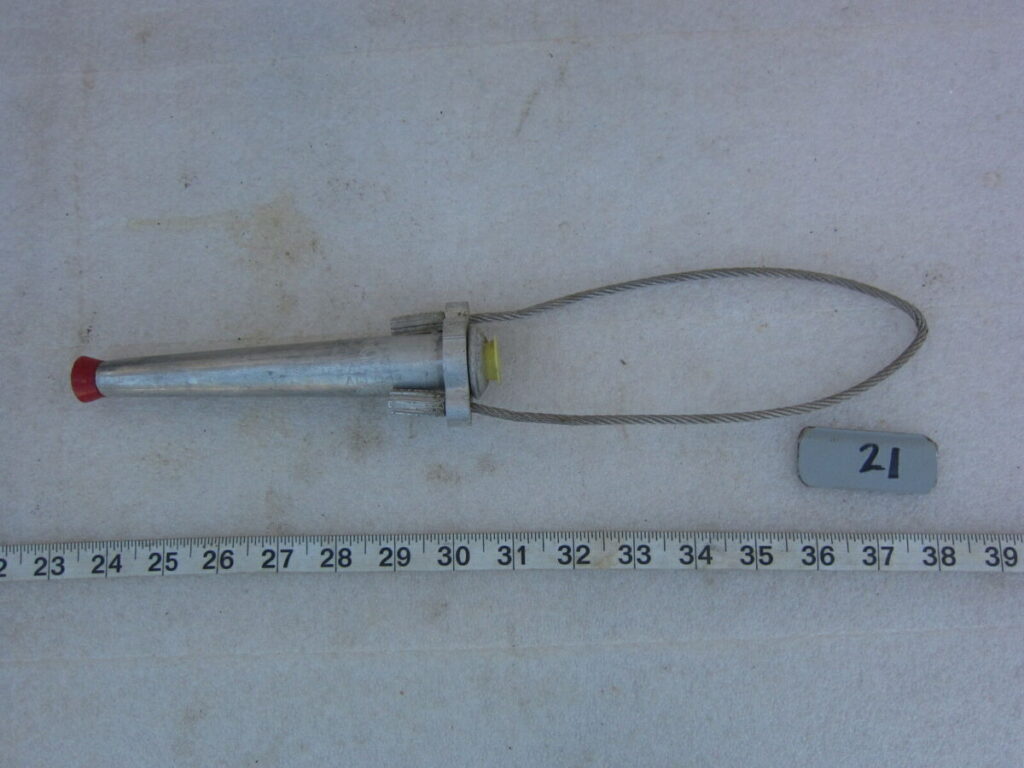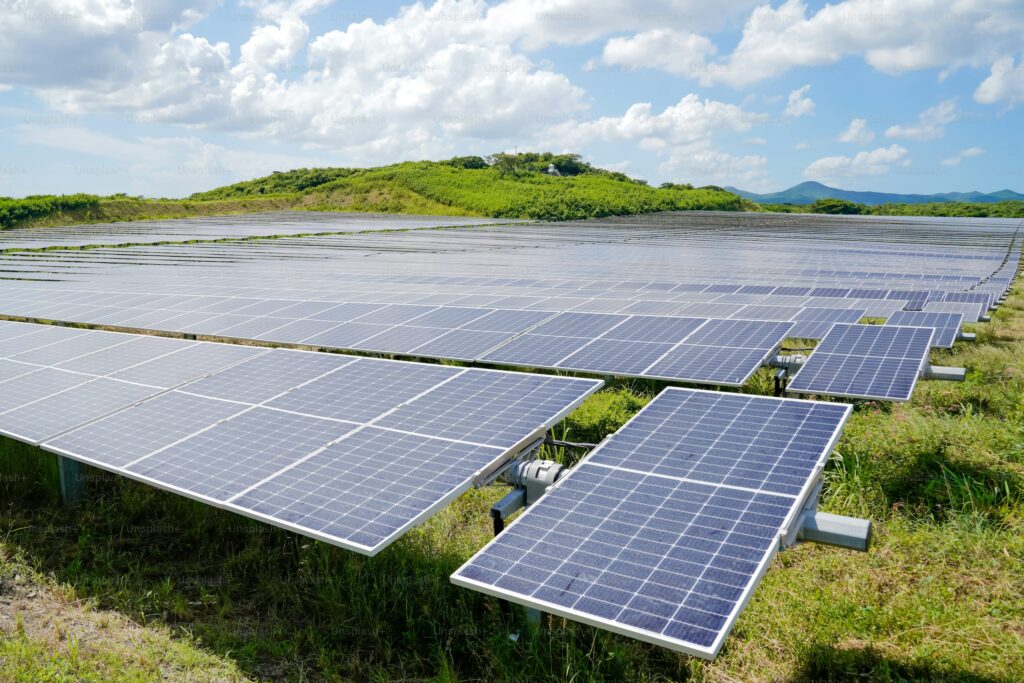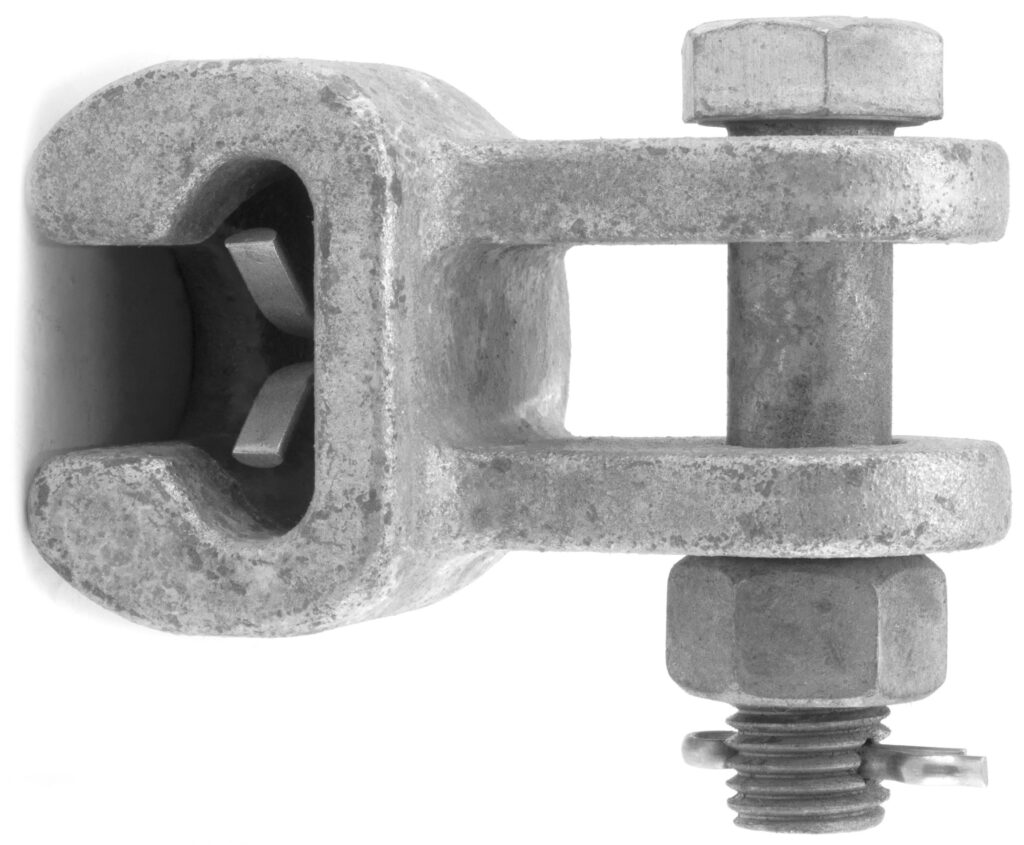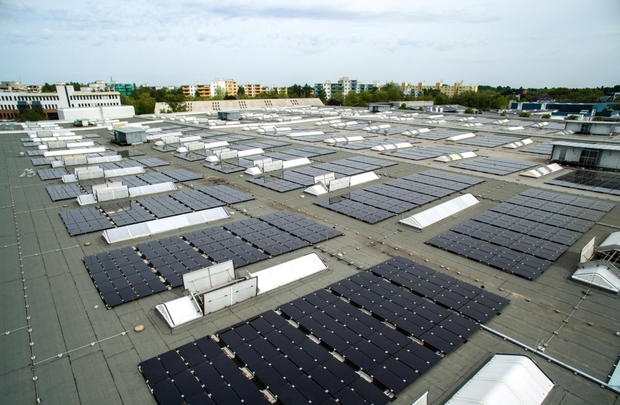
Chile is a global leader in renewable energy, with significant solar resources in areas such as the Atacama Desert. Chile’s energy transition relies heavily on the development of solar PV and solar-storage hybrid projects. Chile also has favorable legislation and investments in storage systems, which are propelling renewable energy to a larger percentage of the electrical mix. Given Chile’s very high sun irradiation, solar PV accounts for 25-30% of the electricity supply. The implementation of energy storage projects helps to address grid stability and intermittency issues. Solar PV and solar-storage hybrid projects need considerable transmission infrastructure to connect to the grid. Armor rods assist to protect conductors from a variety of environmental conditions.
Chile’s notable solar PV projects include Cerro Dominador (110 MW CSP and 100 MW PV), Sol de Lila (161 MW), and Tamarugal Solar Project (150 MW). There are solar and storage projects, such as Andes Solar and Cerro Dominador Thermal Storage. Armor rods are essential for ensuring the electrical grid’s reliability, durability, and efficiency. The rods wrap around the wires, providing mechanical support and protection. They also reinforce conductors at the areas where they connect to insulators. Armor rods protect transmission lines from wear and tear, allowing for more efficient power transfer.
Technological advances are boosting renewable energy growth in Chile.
Chile is on track to become a global leader in renewable energy, focusing on solar PV, wind, and energy storage. Chile’s technological advances improve efficiency, cut prices, and ensure grid stability. Continued investment in these advances, as well as government help, might help Chile establish itself as a global leader in renewable energy. The technological advances that are fueling the expansion of renewable energy are as discussed here.
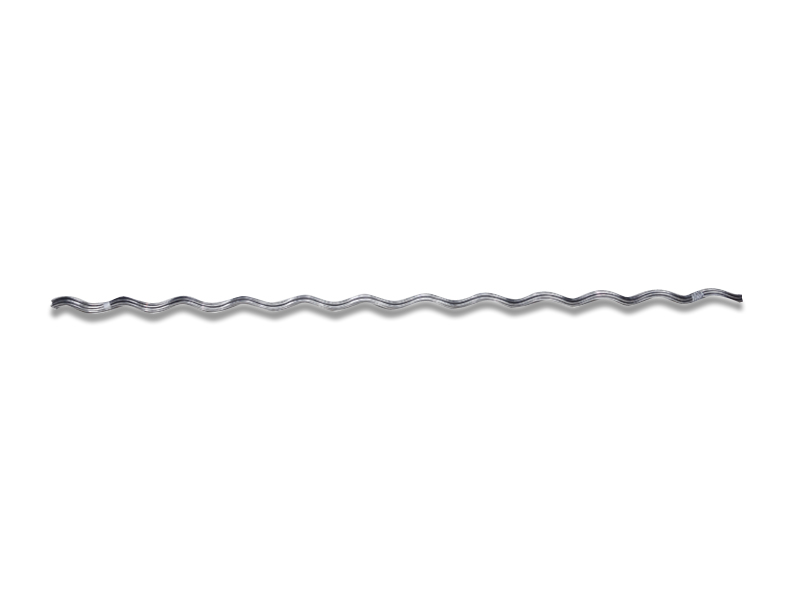
- Advanced solar PV technologies—these include bifacial solar panels, floating solar PV, and solar tracking systems. These technologies enhance the efficiency and reliability of energy production in Chile.
- Energy storage innovations—The integration of battery energy storage systems helps stabilize the grid. This is by addressing the intermittency of solar and wind energy. Technologies such as flow batteries and pumped hydro energy storage provide efficient energy backup.
- Grid modernization and smart energy solutions—this includes technologies such as high-voltage direct current transmission, AI & predictive analytics, and virtual power plants. They help reduce power losses and improve grid reliability in Chile.
- Hybrid energy systems—Chile is developing green hydrogen hubs using solar and wind power to produce renewable hydrogen. The projects integrate solar, wind, and battery storage for enhanced reliability.
Armor rods’ involvement in improving Chile’s renewable energy share
An armor rod is a critical component of overhead transmission and distribution lines. The armor rod ensures that solar PV and solar storage hybrid projects are reliable, durable, and efficient. The rods help to safeguard conductors, improve grid dependability, lower maintenance costs, and support the country’s ambitious renewable energy targets. Here are the common functions.
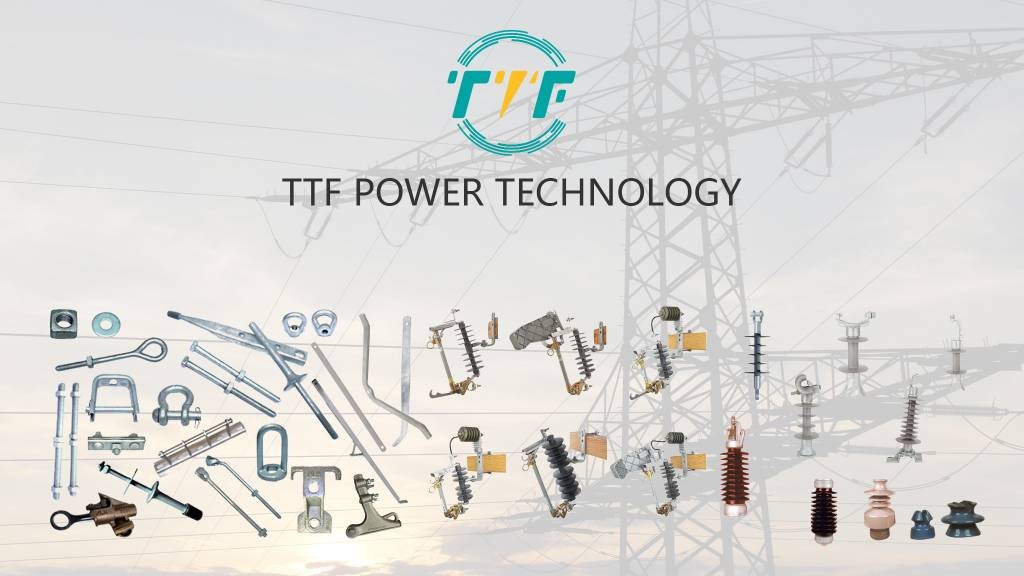
- Supporting grid reliability and stability—solar and storage hybrid projects rely on a stable and reliable grid to store excess energy. Armor rods help maintain the integrity of the transmission lines connecting the projects to the grid. This is crucial for integrating intermittent renewable energy sources like solar PV.
- Ease of long-distance power transmission—solar PV farms and solar and storage projects are mostly in remote areas. Armor rods are crucial for constructing long-distance transmission lines carrying electricity from remote areas to urban areas.
- Supporting Chile’s renewable energy goals—armor rods are crucial components in expanding and modernizing Chile’s grid. They help ensure the transmission lines supporting the projects are durable and reliable.
- Enhancing durability—Chile’s solar PV projects are in regions like the Atacama Desert, which face challenging environmental conditions. Armor rods help ensure the transmission lines remain operational and reliable to reduce maintenance costs and downtime.
Key challenges for boosting renewable energy share in Chile
Chile has made considerable strides toward increasing its renewable energy contribution through solar PV and solar-storage projects. The country, however, confronts difficulties that may stymie renewable energy growth. Chile must overcome these difficulties to meet its ambitious renewable energy ambitions. Grid congestion, intermittency and grid stability, high upfront costs, permitting restrictions, and resource competitiveness are among the most significant challenges. The country may address these issues by investing in grid infrastructure, energy storage, and workforce development. These efforts will serve as significant lessons for other countries pursuing a clean energy transition.
